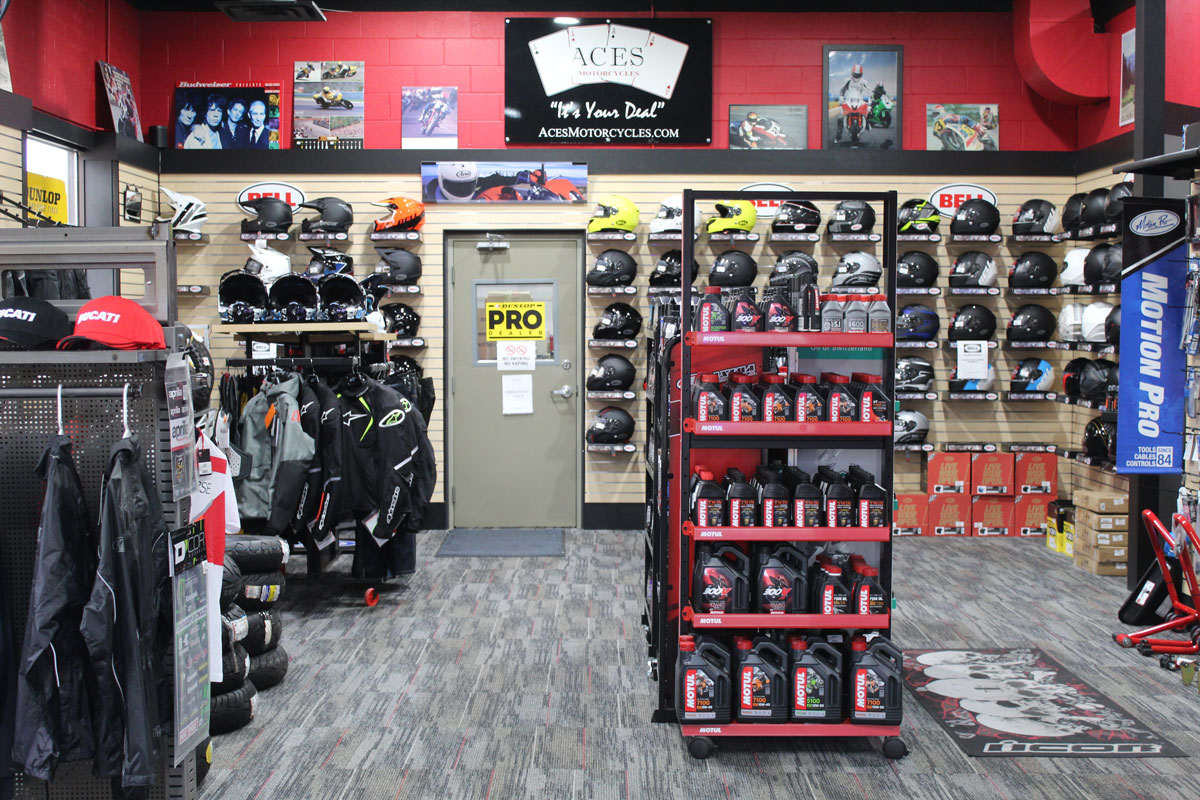Mastering Bike Gears: Exactly How to Enhance Your Riding Experience
In the realm of motorcycling, grasping the art of gear manipulation is critical for boosting your riding performance. Correctly understanding and using motorcycle equipments can significantly influence gas, acceleration, and control efficiency, transforming a typical experience right into a seamless, electrifying journey. By including exact change timing and adapting gear option to various roadway conditions, riders can ensure optimal engine performance and security. The subtleties of clutch control, throttle coordination, and equipment mechanics beckon a much deeper expedition, assuring to open the complete capacity of your maker. How can these methods be utilized to genuinely enhance your riding experience?
Comprehending Gear Mechanics
At the core of motorbike characteristics, equipment technicians play an essential duty in converting engine power right into motion, eventually dictating speed and control. The equipment ratios, carefully made, identify the partnership in between engine transformations and wheel turns, influencing acceleration and gas performance.
Understanding gear technicians starts with acknowledging the value of the gearbox, which houses several gears of differing sizes. These gears communicate via a process known as meshing, where teeth of different gears involve to send power.
Moreover, the concept of equipment shifting is indispensable to optimizing efficiency. Prompt and smooth changes ensure that the engine operates within its optimum power band, stopping unnecessary stress and boosting durability (moto parts nz). By comprehending these mechanical details, motorcyclists can achieve a harmonious mix of power, control, and efficiency, elevating their riding experience
Timing Your Changes
Shift timing mastery is important for enhancing motorcycle performance and enhancing the riding experience. Correctly timed changes guarantee that the engine operates within its optimal power band, which is critical for keeping control, achieving smooth acceleration, and making sure the longevity of the bike. Riders have to develop an intuitive sense of when to shift equipments, which entails recognizing the relationship between engine transformations per min (RPM) and speed.
To understand shift timing, pay attention to the engine's noise and feel, as these provide vital ideas about when to alter gears. When the engine approaches the upper variety of its power band without reaching the redline, the optimal shift point usually happens - motorbike shop. Moving prematurely can bring about an absence of power, while changing too late might trigger unnecessary engine strain
Additionally, road conditions and riding style impact change timing. As an example, in metropolitan settings, smoother and much more frequent changes may be essential to navigate traffic successfully. In contrast, during highway riding, fewer changes at higher rates can be more proper. Exercising in different settings will enhance your capacity to time shifts precisely, eventually boosting your riding experience to a professional level.
Enhancing Fuel Effectiveness
While grasping motorcycle gears is important for efficiency, enhancing fuel efficiency is just as vital for both environmental and economic reasons. Optimum gas usage not only reduces functional expenses however likewise decreases the ecological footprint of riding. To achieve this, one have to comprehend the complex partnership in between gear option and engine efficiency.
First of all, picking the appropriate gear at ideal speeds can considerably influence gas usage. Riding in a greater gear at lower rates can result in engine lugging, which is detrimental to both gas economic climate and engine wellness. On the other hand, riding in reduced equipments at broadband causes unnecessary fuel intake. Thus, preserving an optimal equilibrium by moving equipments in placement with roadway problems and prepared for maneuvers is essential.
Additionally, regular upkeep plays a crucial role in fuel effectiveness. Ensuring that the motorbike is well-tuned, with tidy air filters and correctly blew up tires, can minimize and enhance the rules of aerodynamics gas waste. Adopting a riding style that welcomes progressive velocity and smooth deceleration can contribute to far better fuel economic climate.

Methods for Smooth Transitions
Accomplishing smooth equipment shifts is basic to improving the riding experience and making sure the durability of a motorbike's transmission system. Proper equipment shifting not only contributes to a smooth experience yet additionally decreases wear and tear on the mechanical elements. To understand the art of smooth changes, cyclists should concentrate on a few crucial techniques.

Second of all, clutch control plays an essential role. Engaging and disengaging the clutch efficiently needs practice. The clutch bar should be launched progressively, allowing for a smooth transfer of power from the engine to the wheels without causing a jolt or sudden activity.

Adapting to Road Conditions
Navigating diverse roadway problems is an essential ability for any kind of motorcyclist intending to keep control and get redirected here safety and security. Whether you're riding on damp surfaces, crushed rock roads, or browsing sharp turns, your capability our website to adjust your equipment usage and riding strategy is extremely important. Recognizing how to adjust your gears properly can significantly influence grip and security, guaranteeing a safer trip.
On wet roads, it is advisable to maintain greater gears to decrease torque and lessen wheel spin. This technique aids preserve hold on unsafe surfaces, enabling smoother velocity and slowdown. On the other hand, when riding on crushed rock or irregular terrain, lower gears are more effective. Lower gears supply better control and allow you to respond more promptly to unforeseen modifications in the road surface area.
Sharp curves require accurate equipment monitoring to balance rate and control. Downshifting before going into a curve can aid keep momentum while making sure the motorbike stays steady throughout the turn. Regular method in diverse conditions improves your capability to forecast and respond to adjustments in road structure and incline.
Verdict
Grasping that site motorcycle gears dramatically enhances the riding experience by boosting velocity, control, and fuel effectiveness. Adapting gear choice to different road problems, such as making use of higher gears on damp surfaces and reduced gears on gravel, additional boosts handling and safety and security.
Understanding equipment mechanics begins with recognizing the value of the gearbox, which houses numerous gears of differing sizes. These equipments communicate via a procedure understood as meshing, where teeth of different equipments involve to transfer power (motorcycle shop). Mild adjustments to the throttle throughout gear shifts can protect against jerky motions and keep a consistent riding rate
Whether you're riding on wet surfaces, crushed rock roads, or navigating sharp turns, your capability to adapt your gear usage and riding method is paramount. Adapting equipment selection to various roadway conditions, such as making use of greater equipments on wet surface areas and lower equipments on gravel, more boosts handling and safety.